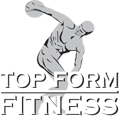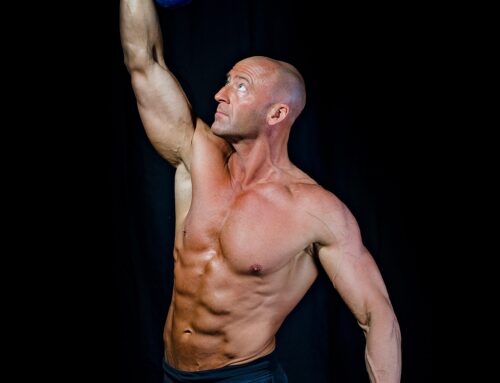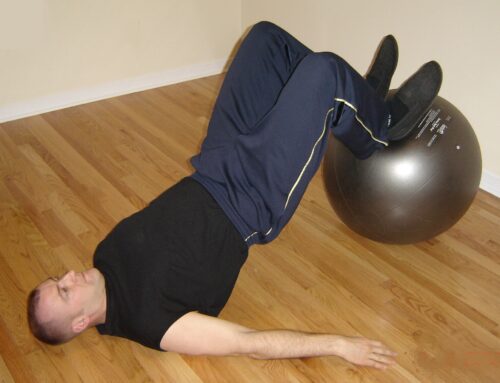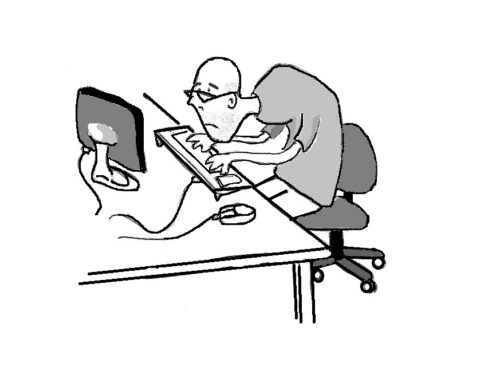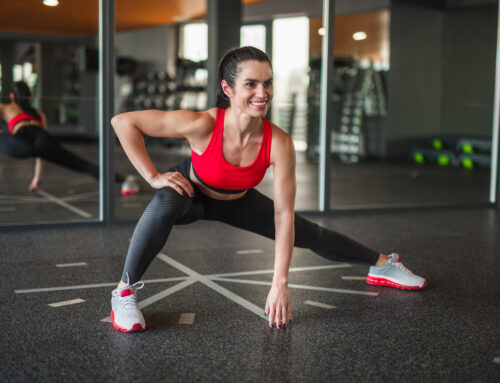Nutrition seems to be one of the most debated topics in the fitness industry. I’ve had numerous discussions or debates with other trainers about the value of tracking your food intake using some form of journal or nutrition diary. I argue in favor of using a journal or a free app like My Fitness Pal to track your calories and macronutrients (protein, fats, and carbs), or to at least have some awareness of portions and approximate macro intake. Those who oppose tracking often recommend just “listening to your body” to determine how much to eat.
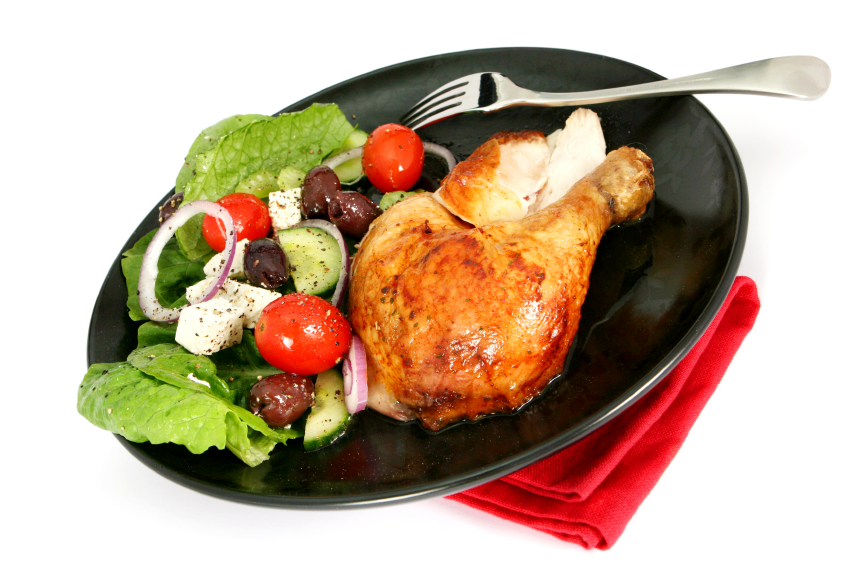
The argument for “listening to your body” suggests that we should simply be able to eat when hungry and stop eating when full. Proponents of this approach may believe that keeping a food journal or counting calories is “obsessive” and leads to eating disorders. Typically those who are against tracking your nutrition will also promote “clean eating”. That is, if you “eat healthy food” and “listen to your body” you remain healthy and lose weight / get results.
Ironically, many “clean eating” diets are far more restrictive and “obsessive” than a typical flexible diet / IIFYM nutrition plan.
Some fitness professionals even extend this approach toward one’s training program as well. These trainers won’t keep a training journal to track their own workouts or even to record a client’s training progress (ie: weight, sets, reps, etc). Perhaps they believe that as long as you use “good exercises with good form” and “listen to your body” you will make progress, even if progression is not formally tracked.
 Let’s looks at the flaws with this approach.
Let’s looks at the flaws with this approach.
1. Extremely overweight and obese individuals will often suffer from hormonal imbalances due carrying excess body fat. In particular, their ghrelin and leptin levels will be out of balance which dramatically affects their sense of hunger and satiety. In addition, they will typically have poor insulin sensitivity. So to advise these individuals to base their food choices and portions on how they “feel” (ie: hunger vs fullness) would be a recipe for disaster, regardless of the quality of food being consumed. These people will benefit greatly from using an external form of tracking food intake, especially at first. I like to say that tracking (ie: IIFYM) teaches people to “Feed based on Need not Greed.”

2. Many people are distracted by work, children, television, mobile phones, and other forms of technology. It is a challenging task to learn to pay attention to sensations of hunger and satiety and increase awareness of eating habits. Whereas some forms of technology are distracting, we can also use technology to support our goals with nutrition apps like My Fitness Pal. Using a simple food tracker app (or even a basic paper journal) leads to greater awareness where attention is needed – on the food we put in our body.
3. Regarding the argument that tracking your food (calories / macros) is obsessive or “unhealthy” behavior, those who are overweight or have poor eating habits already have an unhealthy relationship with food! Keeping a food journal can help to improve awareness around food choices and portions, and educate the individual on the nutrient and energy value of different foods.
This gives people greater control and flexibility with their diet and leads to a healthier relationship with food. Of course, some people may find it challenging at first, because it requires discipline and draws attention to an area of one’s life that requires change.
4. When it comes to training, I also believe it’s extremely important to record your progress and keep track of your exercise selection, resistance used, training volume (sets/reps), etc. Simply training “what you feel like when you feel like it” lacks consistency and will lead to inconsistent results. Now, if you’re an advanced trainee with over a decade of training experience, you may do well by listening to your body and training by “feel”.
However, this strategy is not reliable for newbies who have not yet developed a strong training foundation or body awareness. Also, many of our clients should not base their workout intensity on how they feel; some may simply not “feel” like working out at all! They need a progressive training program to follow, and should track their workouts as well as their physical measurements (ie: weight, waist / hip girth, body fat %, etc).
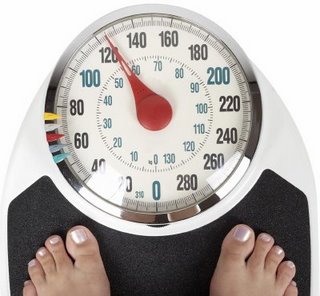
Again, there are several great apps available for tracking one’s training progress, as well as apps for runners, pushups challenges, etc. Make technology work for you.
In summary, while the suggestion to simply “listen to your body” and to eat or train based on how you “feel” may sound like good advice, for the majority of people this strategy will likely lead to poor or at least inconsistent results. On the other hand, everyone can benefit from tracking their progress for both nutrition (ie: flexible dieting / IIFYM) and training (ie: keeping a workout journal and following a planned program).
Also, the fact is that when you’re trying to gain weight you may need to eat when you already feel full, and vice versa: if you’re working on losing weight / body fat you have to accept that you will feel hungry during the cutting process. Adjusting food intake based on “listening to your body” in these cases will be counter-productive.
One major benefit of using some form of tracking is that it allows you to make smaller more measured changes in your training or nutrition to ensure consistent progress, rather than just guessing. Your caloric surplus or deficit will tend to be less extreme.
Obviously there are exceptions to this, as in when you are sick, over-trained, or injured, but I hope this article provides you with a different perspective related to whether or not to listen to your body when it comes to your training and nutrition.
